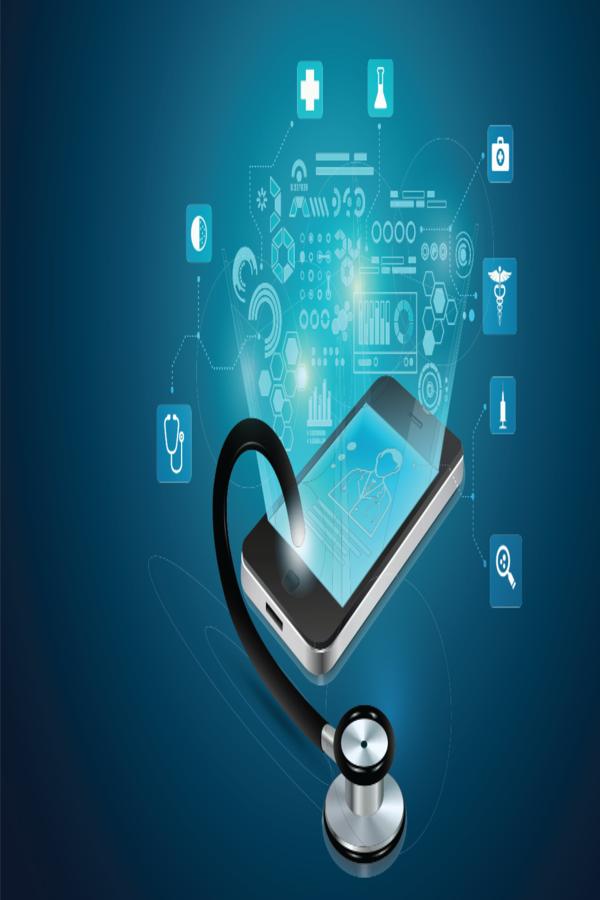In an era where innovation knows no bounds, technology has emerged as a powerful ally in the battle against chronic diseases. These long-standing health conditions, once managed primarily through routine check-ups and medication, are now witnessing a paradigm shift. From wearable devices that monitor vital signs in real-time to AI-driven platforms offering personalized health insights, the digital age is redefining how patients and healthcare providers approach chronic disease management. This transformation is not just about convenience; it’s about empowering individuals with the tools and information they need to take control of their health. As we delve into the myriad ways technology is reshaping this landscape, we uncover a future where chronic diseases are managed with unprecedented precision and foresight.
Revolutionizing Patient Monitoring with Wearable Tech
The landscape of chronic disease management is experiencing a paradigm shift, driven by the advent of innovative wearable technology. These devices, once considered mere fitness trackers, have evolved into sophisticated tools that offer continuous, real-time monitoring of vital signs and health metrics. This transformation empowers both patients and healthcare providers with unprecedented insights into the patient’s condition, fostering proactive management of chronic illnesses.
Key benefits of integrating wearable technology into patient monitoring include:
- Continuous Data Collection: Wearables gather a wealth of data, from heart rate and blood pressure to sleep patterns and glucose levels, ensuring that healthcare providers have a comprehensive view of the patient’s health.
- Improved Patient Engagement: Patients become active participants in their health management, using real-time feedback to make informed lifestyle choices.
- Enhanced Early Detection: The constant stream of data allows for early detection of potential health issues, enabling timely intervention and reducing the risk of complications.
 Personalized Treatment Plans“>
Personalized Treatment Plans“>
Harnessing Data Analytics for Personalized Treatment Plans
In the realm of chronic disease management, the integration of data analytics has emerged as a game-changer, enabling healthcare providers to craft personalized treatment plans with unprecedented precision. Through the use of advanced algorithms and machine learning, vast amounts of patient data can be analyzed to identify patterns and predict outcomes, leading to more tailored interventions. This approach not only enhances the effectiveness of treatments but also minimizes potential side effects, as therapies can be adjusted based on individual responses.
- Patient-Centric Care: By leveraging data, healthcare providers can focus on the unique needs of each patient, moving away from the one-size-fits-all model.
- Predictive Insights: Analytics tools can forecast disease progression, enabling proactive management strategies.
- Improved Efficiency: Streamlined data processes reduce time spent on administrative tasks, allowing more focus on patient care.
- Enhanced Monitoring: Continuous data collection and analysis offer real-time insights into a patient’s health status.
 Telemedicine: Bridging the Gap Between Patients and Providers”>
Telemedicine: Bridging the Gap Between Patients and Providers”>
Telemedicine: Bridging the Gap Between Patients and Providers
In the realm of chronic disease management, technology is a catalyst for change, reshaping how patients interact with healthcare providers. Telemedicine stands at the forefront, offering innovative solutions that are not only convenient but also effective. This digital evolution allows patients to access care from the comfort of their homes, reducing the need for frequent in-person visits and making healthcare more accessible to those in remote or underserved areas. The implementation of telemedicine has led to improved monitoring and management of chronic conditions such as diabetes, hypertension, and heart disease.
Key benefits include:
- Continuous Monitoring: Patients can use wearable devices to track vital signs and transmit data directly to healthcare providers.
- Timely Interventions: Providers can quickly respond to any concerning trends in a patient’s health data, potentially preventing complications.
- Patient Empowerment: With easy access to their health information, patients become more engaged in their own care, fostering better self-management.
By integrating telemedicine into chronic disease management, healthcare systems are not only enhancing patient outcomes but also optimizing resource allocation, ultimately transforming the landscape of modern healthcare.

Empowering Patients Through Digital Health Literacy
In an era where technology seamlessly integrates into daily life, the realm of chronic disease management is witnessing a revolutionary shift. Patients, once passive recipients of care, are now at the helm of their health journeys, thanks to the surge in digital health literacy. With easy access to a plethora of digital tools, individuals are empowered to make informed decisions about their health. From mobile health apps that track symptoms and medication schedules to online platforms offering virtual consultations, technology is bridging the gap between patients and healthcare providers.
- Personalized Health Insights: Digital platforms provide tailored recommendations based on individual health data, enabling patients to understand their conditions better.
- Enhanced Communication: Patients can now communicate more effectively with their healthcare teams through secure messaging and video calls.
- Access to Educational Resources: Online portals offer a wealth of information, helping patients stay informed about the latest research and treatments.
As technology continues to evolve, the potential for even greater advancements in chronic disease management is vast, promising a future where patients are not only more knowledgeable but also more engaged in their healthcare journeys.








